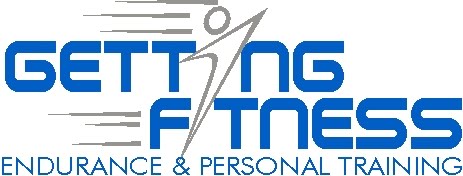Today was a picture perfect day for running - sunny, light breeze, and high around 80 with low humidity. After a week of little to no exercise due to a stomach bug I was anxious to get out for a 5 mile run. I plan my weekly runs over my lunch hour for a few reasons.
- It breaks up my day. Instead of sitting in cubicle land for 8+ hours a day, I get a nice reprieve about 4.5 hours in the day. This makes the afternoon fly by and I come back with more energy and motivation to finish out the day.
- Stress relief – my mornings don’t seem to be overwhelming stressful, but when they are the mid-day workout is a perfect release of negative energy. I can almost feel the stress leaving my body with each foot hitting the ground.
- Solving the problem – if I’m stuck on a problem, whether it is work-related or otherwise, my running session allows me to sort through the issue much easier than using Google or sitting in my cube performing somewhat random code changes to make something work.
- Me time – Running allows me to be on my own for a 1 hour time block for some “Matt time”. I use this time for my workout and to sort out what’s going on in my head. No phone, email, or other technology to distract me except for my Garmin that’s spitting back HR, pace, and a beep for my mile splits.
- Creative outlet – 99% of my ideas are created during training sessions, most of them from running. Swimming and biking require more attention to avoid hitting the wall in the pool or being hit by a car on the bike. Running allows you to think without actively thinking. I let my mind wander and ideas start to fester, which engages other ideas and I can capture that idea and add context to it. Thus, an idea is burn. Whether or not it comes to fruition is a different story.
My problem now is that some of those ideas get lost or forgotten in between my workout, the shower, and my cube so I can write down my latest and greatest idea - luckily I remembered today's which turned into this blog post.
My problem now is that some of those ideas get lost or forgotten in between my workout, the shower, and my cube so I can write down my latest and greatest idea - luckily I remembered today's which turned into this blog post.
- Re-motivate – I tend to start every day motivated and with a positive attitude. By the time mid-day comes around, I need to add a little kindling to the fire, and a training session does that for me. Some of this is psychological, in that I feel like I got some real work accomplished and the other is chemical, the wonderful release of endorphins that sparks up a ‘feel good’ attitude.
I challenge you to try a mid-day workout for 2 weeks and see how it transforms your day. Don’t have access to showers? Most employers will allow flexibility to allow you to take an extended lunch to drive to your gym, get in a workout, and get back in plenty time.
